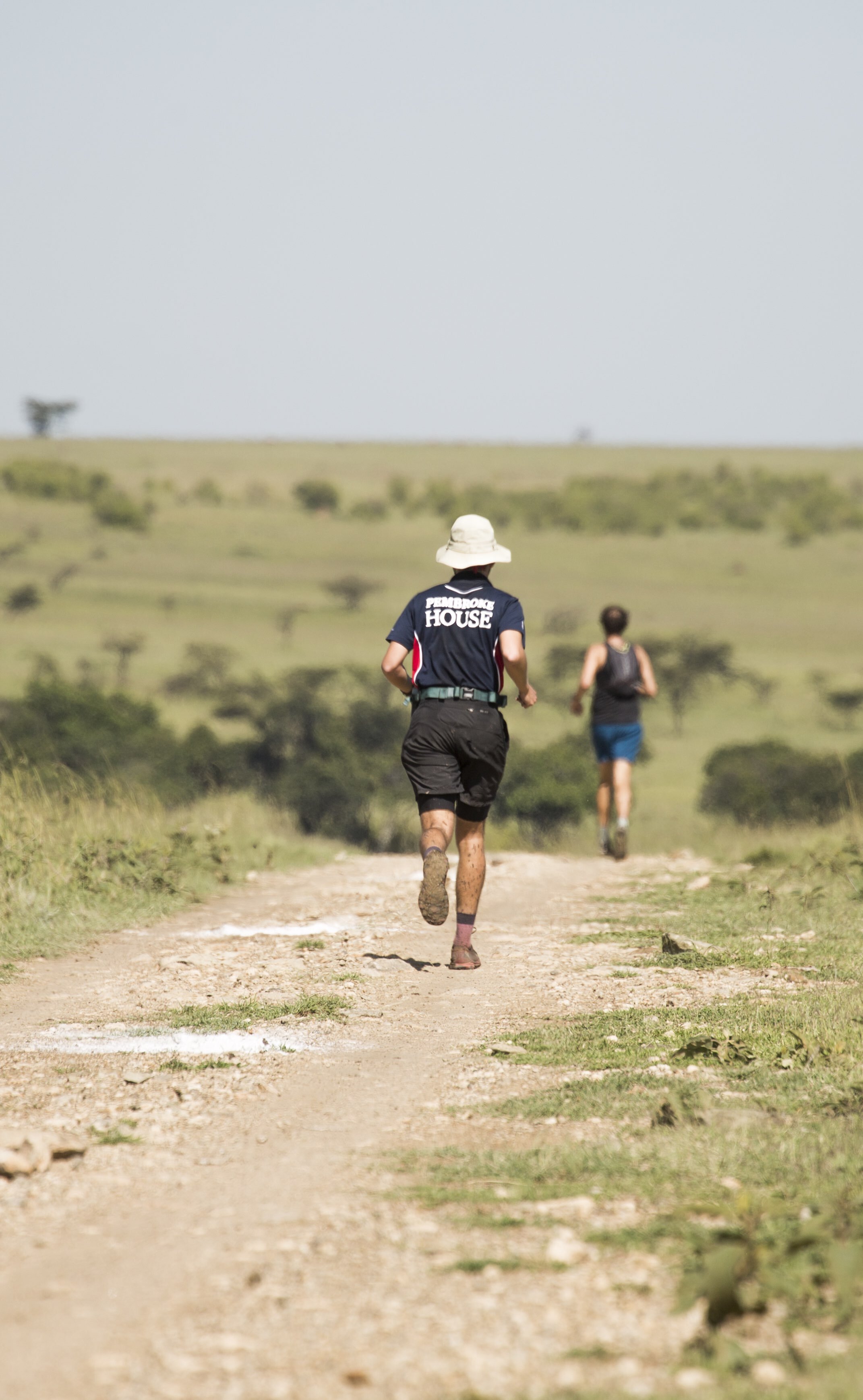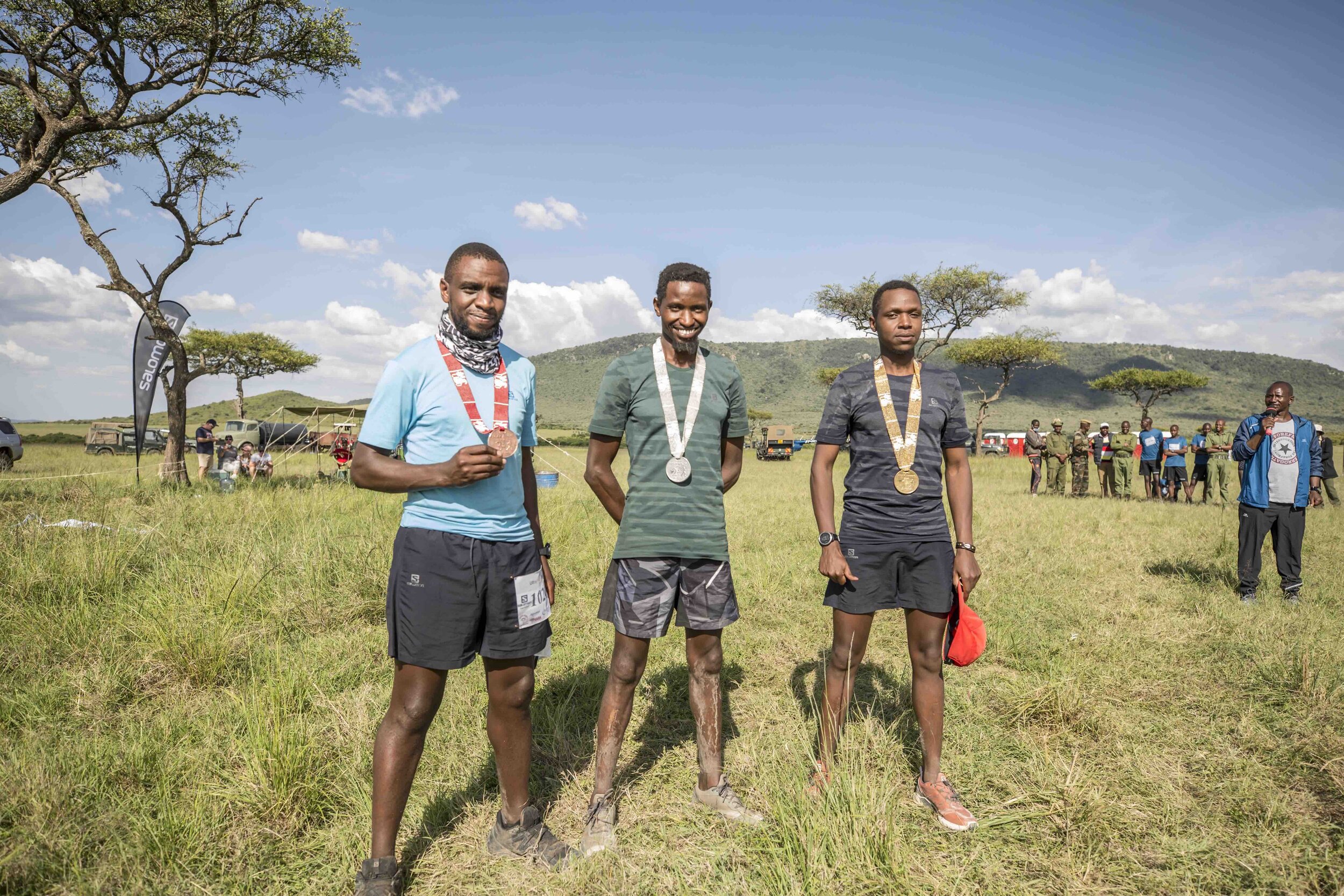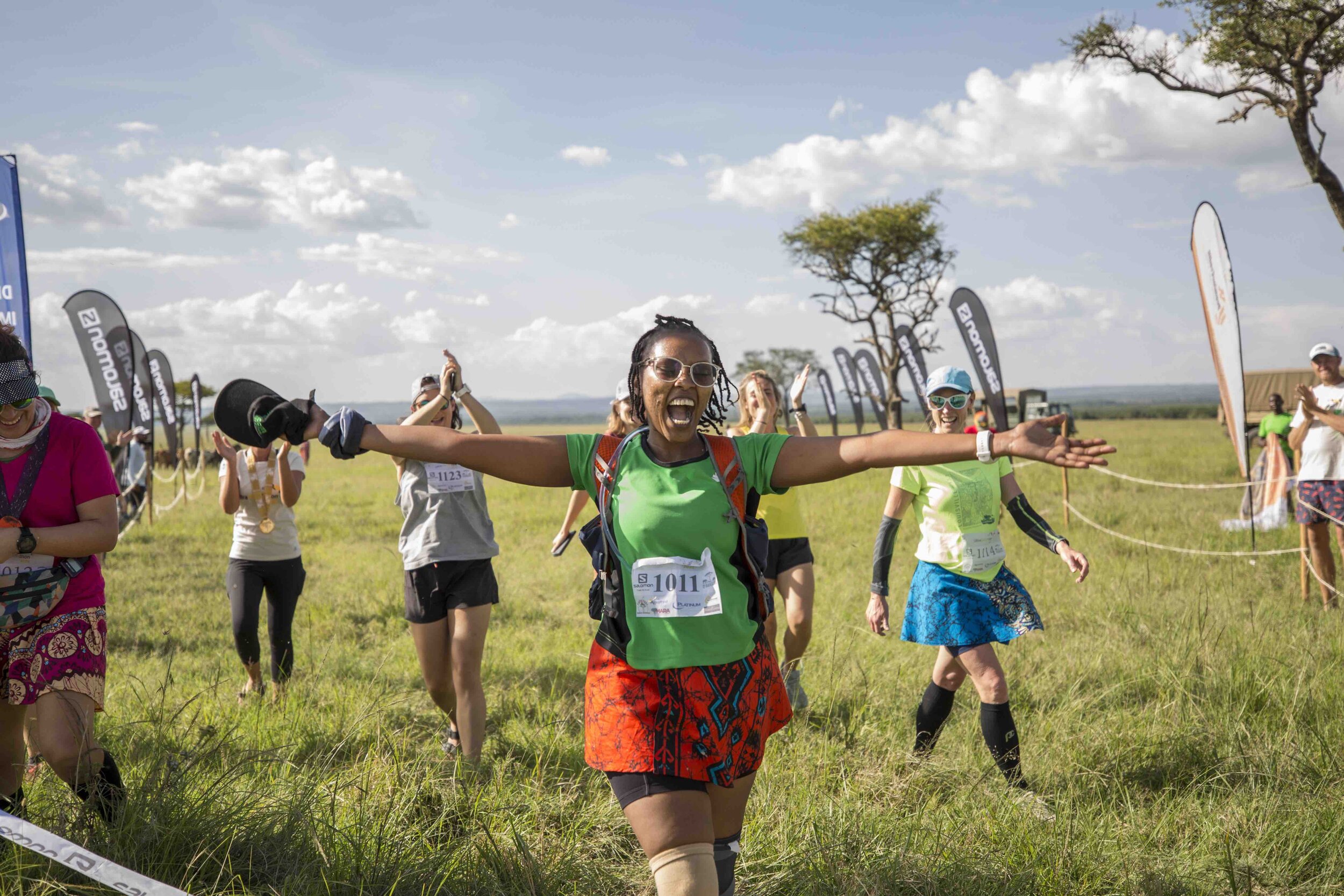Running for rangers
Amidst a global pandemic, innovative ideas are needed to fund Kenya’s parks and conservancies. The UltraMARAthon is one such initiative, a gruelling 50 km race across five conservancies of the Masai Mara.
The setting is the wide grasslands of the Masai Mara. Endless plains stretching south to the Serengeti, where the legendary herds of wildebeest roam. Masai herdsmen have wandered these great plains for centuries, and perhaps it was only a matter of time before more humans figured they should sample this epic journey. So, in the midst of a global pandemic, a little over one hundred intrepid runners joined an inaugural effort to cover a 50 kilometre stretch of iconic Mara landscape. In doing so, they would not only attempt to fulfil their own personal goals, but crucially each would make a stand for the rangers who work to protect this precious resource.
From my home in the Mara, I’d witnessed first-hand the significant drop in tourism earlier in the year, as revenues from park fees dried up. Wildlife conservancy budgets were suddenly slashed as these shortfalls began to bite. I determined that within this disaster lay opportunity, and out on one of my daily runs back in June, the concept of the UltraMARAthon was born. Kenya is renowned for the sporting prowess of its runners, and what better way to celebrate this talent than over a rigorous route through the wildlife conservancies where so many live and work? Over the next few months, the Mara community pulled together in an effort to showcase this ecosystem, and in doing so, raise funds through the For Rangers Kenya charity. The Masai Mara Wildlife Conservancies Association — the umbrella body for this rangeland — also played a critical role in getting everyone on board. The traditional Masai landowners could proudly lay claim to hosting the first ultra run in this region of Kenya.
And so the December day came with the runners assembling at dawn for the final briefing. As we limbered up, we were full of anticipation to cover this great transect of Mara wilderness, knowing each of us would need to dig deep to find the stamina to sustain our bodies for what lay down the track. In our heads our individual game plans played out — working the water stops, calorie top-ups, pacing — for what would be a mega five-to-seven hour effort. We finally set off with a burst of pent-up energy, early enough to catch a hyena or two heading home after their nocturnal roaming.
Once we were on the course there was plenty of time to soul-search about what drives us to take on such challenges. What mix of personal achievement, community involvement and passion for this sport had brought us here today? Both as individuals, weaving this into our personal journey, and as a collection of people united by a common desire and purpose. In any endurance runner’s mind can be found the appetite to stride out across rolling rangelands such as these; each rise opening a new window on the terrain, with the beautiful interplay of the Mara’s big game.
For 25 kilometres I kept an easy pace, savouring the epic vistas and views of animals I passed by. I had time to pick up the scents of grasses, and to admire the morning light as it shifted through countless shades of blue. There was time to chat to fellow runners, as we settled into a rhythm for the hours ahead. Welcome swigs from water cups at the halfway point and encouraging cheers from others gave some much needed succour, knowing much of the over 400 metre elevation gain remained ahead.
From 30 kilometres the burn began, as we started the long ascent out of the Olare Orok valley. Here it became clearer how important it is over a long run to be able to internalise your thoughts. We faced long stretches of solitude across wide open country, with fewer intersections of riverine bushland, and with time to think about form and breathing. Until what was left was the final stretch — that piece of the ultra that earned its name, and where the long hours of training paid off. We pushed our bodies into a rarified zone, spiked by the 30 degree heat on the open plains, knowing the finish line was tantalisingly close — and yet so far.
In what for me was my first test at this distance, I felt the physical and emotional exhaustion of giving everything I had to complete my 50 kilometres. My final push to the finish was fuelled by adrenaline, as a rush of endorphins swept over my body. And no doubt every runner felt it as they crossed the line with warm welcomes from the small, but passionately supportive crowd. The evocative tunes of Jerusalema reminding us all of the value of bringing a community together for a uniquely important cause.
The Masai Mara is a jewel in the crown of Africa’s wildlife resources. If each year more people get to experience its majesty, whether on game drives or guided walks, or by running through its gullies and grasslands, its deserved recognition will grow. The Masai community who own this land, the biodiversity, the endangered species that also live on it — they all rely on a global recognition of the Mara’s cultural and ecological benefits. These in turn provide the economic and social impact to move the region successfully through the 21st century. A diverse set of concepts will aid this process, and I’m proud to be part of the effort to add the UltraMARAthon to that set.
To learn more, head to ultramarathon.co.ke, or follow their journey on Instagram here.
All photos by Finlay Marrian






